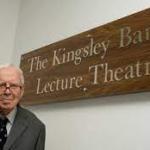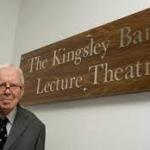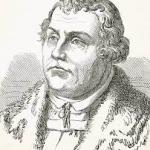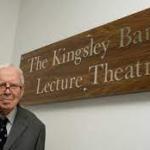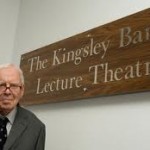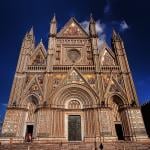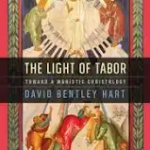We come back to preaching, but are all preachers ministers? Is ordination just a matter of full time vs. part time? What is a call to preach? Again this year I sat in a candidates review and wondered about myself. This even longer ago. I think I believed the Christian faith is true and if true it must be proclaimed and that the fundamental form of proclaiming was preaching. And I believe this now, but it’s nothing like Exod. 3... Read more


